
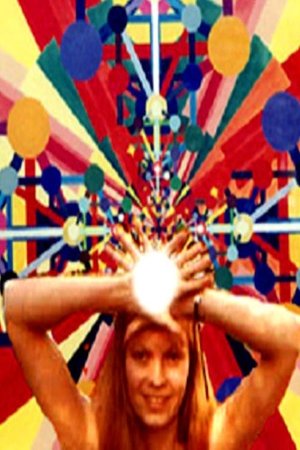
Geometrics of the Kabbalah(1975)
Geometrics of the Kabbalah (1975) Short film Dir. Storm De Hirsch "5 is water, 5 is the letter X. 5 is distance. 5 says no. 5 laughs when divided into 2. 5 swims backwards, and space is five. The cherry tree is one. The hurt is 1 plus 1, the wish is two. The wonder three. The absence four, and the five is the Universe. The Universe in the head, the universe in the eye, the sky and the waterdrop."–from Brook 16, "Source Books of Storm De Hirsch," 9/24/66.
Movie: Geometrics of the Kabbalah

Geometrics of the Kabbalah
HomePage
Overview
Geometrics of the Kabbalah (1975) Short film Dir. Storm De Hirsch "5 is water, 5 is the letter X. 5 is distance. 5 says no. 5 laughs when divided into 2. 5 swims backwards, and space is five. The cherry tree is one. The hurt is 1 plus 1, the wish is two. The wonder three. The absence four, and the five is the Universe. The Universe in the head, the universe in the eye, the sky and the waterdrop."–from Brook 16, "Source Books of Storm De Hirsch," 9/24/66.
Release Date
1975-01-01
Average
0
Rating:
0.0 startsTagline
Genres
Languages:
Keywords
Similar Movies
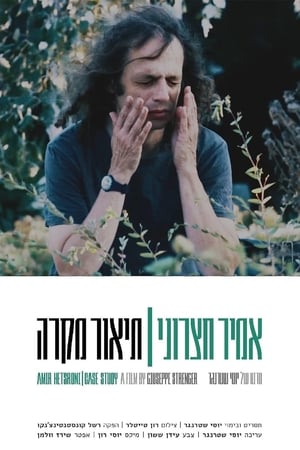 9.5
9.5Amir Hetsroni: Case Study(he)
A fascinating journey with Israel’s notorious provocateur, Prof. Amir Hetsroni, into the depth of his romantic and interpersonal relationships, alienated childhood, and public persona versus his self-identity.
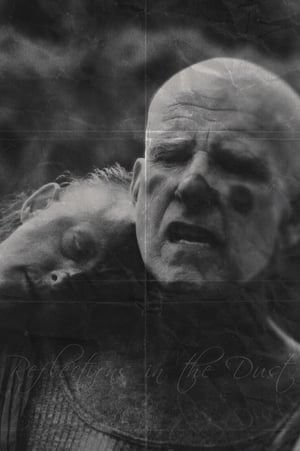 0.0
0.0Reflections in the Dust(en)
“I don’t believe in love because I’ve never seen it,” responds a young woman to an unseen interviewer in the first few minutes of the movie. This bleak portrait of loneliness and social exclusion is set on the edge of a desolate swamp where an aging clown and his daughter are struggling to survive. The location could be the end of the world, a place where hope has vanished along with a belief in the afterlife and the existence of God. The two unfortunates live together without the likelihood of change, as fear, aggression, and anger take hold of them – but they also experience sudden moments of tenderness.
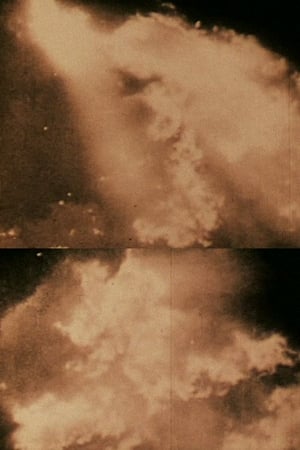 5.8
5.8Take the 5:10 to Dreamland(en)
Its slow somnambulic rhythm, its animalistic jungle sounds as well as the eerily mixed images create a dream mood that comes closest to my actual dreaming-feeling. The long black phases between the sequences are as important as the images themselves because they leave empty space where the "echo" of the last image can seep through without interfering with the following image. But our logical mind still somehow feels compelled to construe some kind of sense, parallel, or some erratic story out of it.
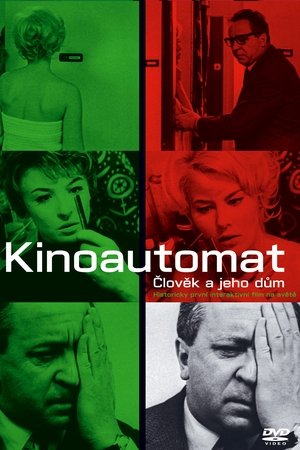 7.3
7.3Kinoautomat(cs)
Kinoautomat was the world's first interactive movie, conceived by Radúz Činčera for the Czechoslovak Pavilion at Expo '67 in Montreal. At nine points during the film the action stops, and a moderator appears on stage to ask the audience to choose between two scenes; following an audience vote, the chosen scene is played.
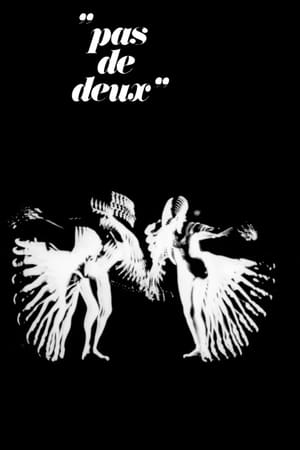 6.5
6.5Pas de Deux(fr)
Two ballet dancers perform a dance enhanced with surreal after-image visuals.
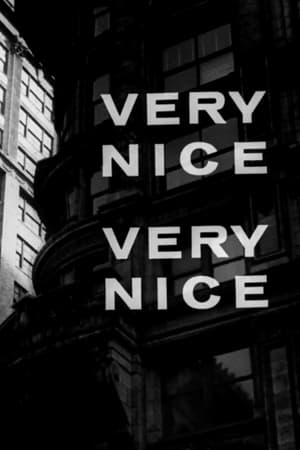 5.9
5.9Very Nice, Very Nice(en)
Arthur Lipsett's first film is an avant-garde blend of photography and sound. It looks behind the business-as-usual face we put on life and shows anxieties we want to forget. It is made of dozens of pictures that seem familiar, with fragments of speech heard in passing and, between times, a voice saying, "Very nice, very nice." The film was nominated for an Oscar for Best Live Action Short Film.
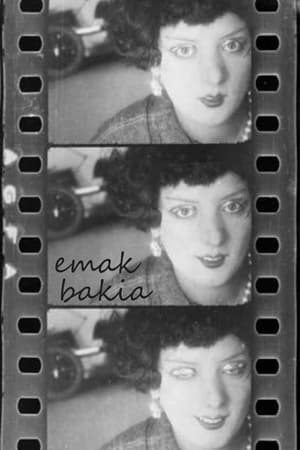 6.9
6.9Emak-Bakia(fr)
Emak-Bakia (Basque for Leave me alone) is a 1926 film directed by Man Ray. Subtitled as a cinépoéme, it features many techniques Man Ray used in his still photography (for which he is better known), including Rayographs, double exposure, soft focus and ambiguous features. The film features sculptures by Pablo Picasso, and some of Man Ray's mathematical objects both still and animated using a stop motion technique.
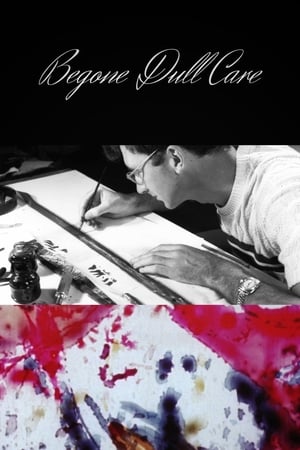 6.8
6.8Begone Dull Care(en)
In this extraordinary short animation, Evelyn Lambart and Norman McLaren painted colours, shapes, and transformations directly onto their filmstrip. The result is a vivid interpretation, in fluid lines and colour, of jazz music played by the Oscar Peterson Trio.
 6.1
6.1Dog Star Man: Part IV(en)
A man is supine on a mountain side. Images rush past of nature and a stained glass saint. An infant is born. We see a lactating nipple. Images include a mountain peak, farm buildings, a tree stump, a fire, a crawling baby, and the sun. The man falls and rolls. Then, later, he swings his ax.
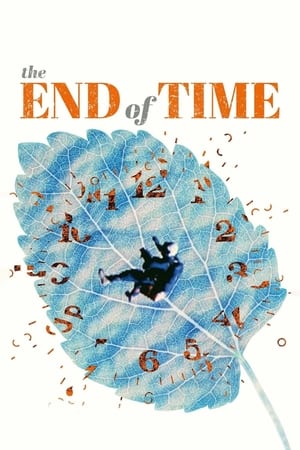 7.1
7.1The End of Time(en)
Working at the limits of what can easily be expressed, filmmaker Peter Mettler takes on the elusive subject of time, and once again turns his camera to filming the unfilmable. From the particle accelerator in Switzerland, where scientists seek to probe regions of time we cannot see, to lava flows in Hawaii which have overwhelmed all but one home on the south side of Big Island; from the disintegration of inner-city Detroit, to a Hindu funeral rite near the place of Buddha's enlightenment, Mettler explores our perception of time. He dares to dream the movie of the future while also immersing us in the wonder of the everyday. THE END OF TIME, at once personal, rigorous and visionary, Peter Mettler has crafted a film as compelling and magnificent as its subject.
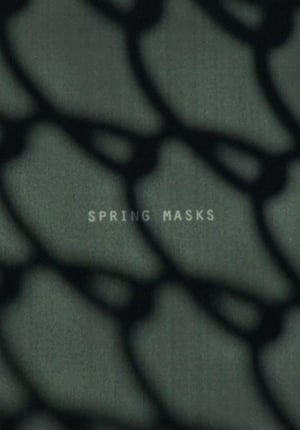 0.0
0.0Spring Masks(en)
Living in fragments, pieced together in varied ways, uncertainly, and yet... Inside there is a familiar chaos, awaiting a key...
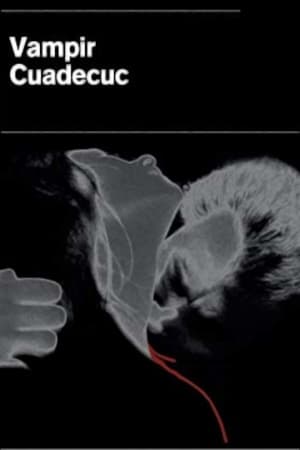 6.0
6.0Vampir Cuadecuc(en)
An atmospheric essay, which is an alternative version of Count Dracula, a film directed by Jess Franco in 1970; a ghostly narration between fiction and reality.
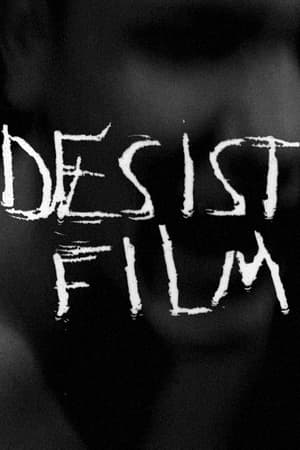 5.5
5.5Desistfilm(en)
Four young men and a young woman sit in boredom. She smokes while one strums a lute, one looks at a magazine, and two fiddle with string. The door opens and in comes a young man, cigarette between his lips, a swagger on his face. The young woman laughs. As the four young men continue disconnected activities, the other two become a couple. When the four realize something has changed, first they stare at the couple who have kissed and now are dancing slowly. The four run from the house in a kind of frenzy and return to stare. The power of sex has unnerved them.
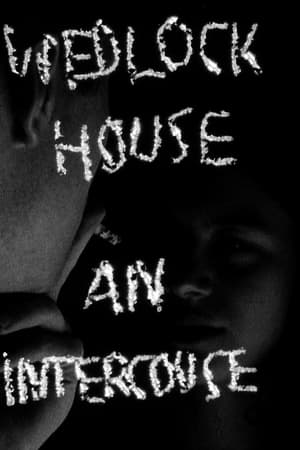 5.6
5.6Wedlock House: An Intercourse(en)
We see a film negative of a nude couple embracing in bed. Then, back in regular black and white images, we see them alone and together, clothed, at home. It's night, she sees his reflection in the window, she closes the drapes. After sex, again in a black and white negative, they sit, smoke, have coffee. They kiss, she smiles. They light candles. The images are often quick, the camera angles occasionally are off kilter; the room is sometimes dark and sometimes lit, as if lit by the rotating of a searchlight. The images again appear in negative when they return to bed.
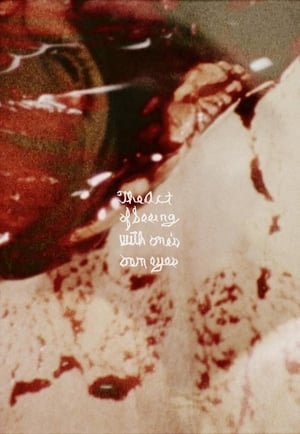 6.3
6.3The Act of Seeing with One's Own Eyes(en)
At a morgue, forensic pathologists conduct autopsies of the corpses assigned. "S. Brakhage, entering, WITH HIS CAMERA, one of the forbidden, terrific locations of our culture, the autopsy room. It is a place wherein, inversely, life is cherished, for it exists to affirm that no one of us may die without our knowing exactly why. All of us, in the person of the coroner, must see that, for ourselves, with our own eyes. It is a room full of appalling particular intimacies, the last ditch of individuation. Here our vague nightmare of mortality acquires the names and faces of OTHERS. This last is a process that requires a WITNESS; and what 'idea' may finally have inserted itself into the sensible world we can still scarcely guess, for the CAMERA would seem the perfect Eidetic Witness, staring with perfect compassion where we can scarcely bear to glance." – Hollis Frampton
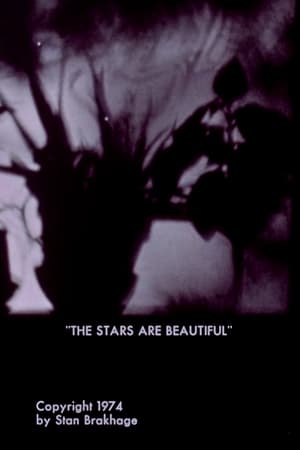 5.0
5.0The Stars Are Beautiful(en)
We move back and forth between scenes of a family at home and thoughts about the stars and creation. Children hold chickens while an adult clips their wings; we see a forest; a narrator talks about stars and light and eternity. A dog joins the hens and the family, while the narrator explains the heavens. We see a bee up close. The narrator suggests metaphors for heavenly bodies. Scenes fade into a black screen or dim purple; close-ups of family life may be blurry. The words about the heavens, such as "The stars are a flock of hummingbirds," contrast with images and sounds of real children.
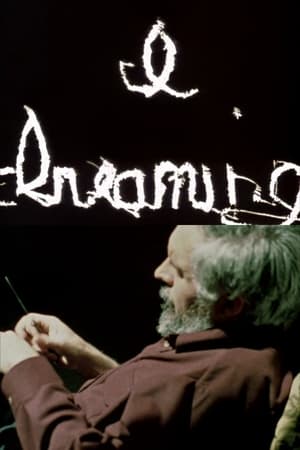 5.8
5.8I... Dreaming(en)
Phrases of Stephen Foster, set to music by Joel Heartling, are set to film in this autobiographical piece: a solitary female voice, occasionally joined by a chorus, sings phrases of sorrow as we watch a solitary man in shadows in an unadorned house: he stretches out, he picks his feet, he walks across a room, he rocks in a chair. Occasionally he watches two young children at play; the film sometimes speeds up. Handwritten words, like "dark void" and "waiting longing," cross the screen. Film and phrases often come in short bursts. Outdoor it looks gray and cold.
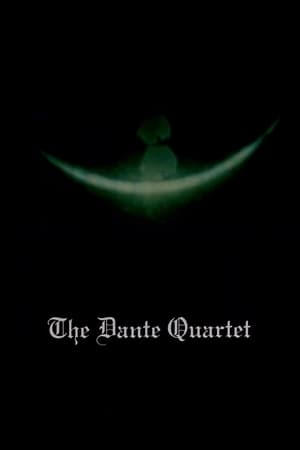 6.3
6.3The Dante Quartet(en)
A visual representation, in four parts, of one man's internalization of "The Divine Comedy." Hell is a series of multicolored brush strokes against a white background; the speed of the changing images varies. "Hell Spit Flexion," or springing out of Hell, is on smaller film stock, taking the center of the frame. Montages of color move rapidly with a star and the edge of a lighted moon briefly visible. Purgation is back to full frame; blurs of color occasionally slow down then freeze. From time to time, an image, such as a window or a face, is distinguishable for a moment. In "existence is song," colors swirl then flash in and out of view. Behind the vivid colors are momentary glimpses of volcanic activity.
 6.2
6.2Li'l Spider Girl(ja)
This story involves the shopkeeper Suzuri of Kokumondou who sells historic books and Mizuki, granddaughter of the land owner. When Mizuki releases a somewhat cute young spider demon out of a sealed book, the pair investigate the origins behind it.
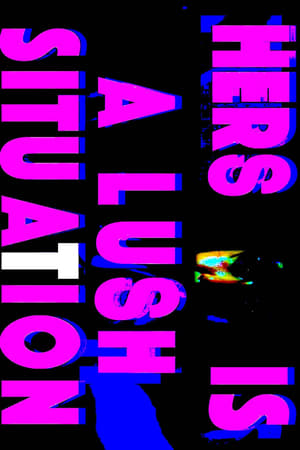 0.0
0.0Hers is a Lush Situation(en)
Like reading the back pages of a discarded journal revealing the thoughts of a young man slipping into madness, Hers Is A Lush Situation mixes a disjointed narrative with an underlying thread of black humor to give a subtle view on what young, urban lives really look like today.